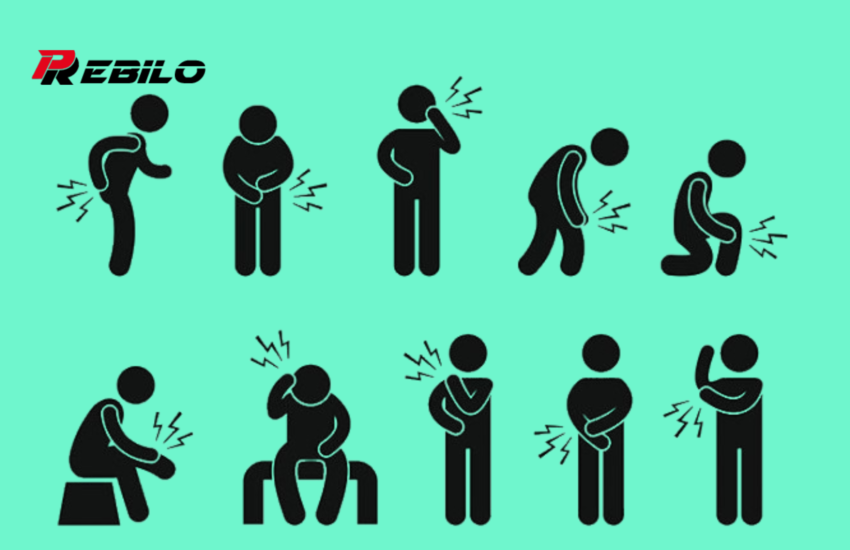Months Before a Stroke, Your Body Will Send You These Warning Signals!
by admin
- Sudden Numbness or Weakness: Especially on one side of the body.
- Confusion: Trouble speaking or understanding speech.
- Vision Problems: Sudden trouble seeing in one or both eyes.
- Difficulty Walking: Dizziness, loss of balance, or lack of coordination.
TIAs are significant warning signs that a full-blown stroke could occur soon. If you experience any of these symptoms, seek medical attention immediately.
Physical Symptoms
Several physical symptoms can indicate an increased risk of stroke:
- Frequent Headaches: While not every headache signifies a stroke, sudden, severe headaches with no known cause can be a warning sign, especially if they are different from usual headaches.
- Sudden Fatigue: Unexplained, persistent fatigue and weakness can be indicative of underlying cardiovascular issues that might lead to a stroke.
- Dizziness and Fainting: Frequent dizziness or episodes of fainting can be a sign of poor blood flow to the brain.
- Facial Drooping: Noticeable drooping or numbness on one side of the face can be a precursor to a stroke.
- Limb Weakness: Sudden weakness or numbness in the arms or legs, particularly on one side of the body, is a red flag.
Cognitive and Behavioral Changes
Strokes can also affect cognitive functions and behavior months before they occur:
- Memory Loss: Unexplained memory lapses, especially if they are sudden and severe, can be a sign of a stroke.
- Mood Swings: Abrupt changes in mood, such as increased anxiety, depression, or irritability, might be linked to changes in brain function.
- Difficulty with Speech: Struggling to find the right words, slurring speech, or having trouble understanding others can be early warning signs.


